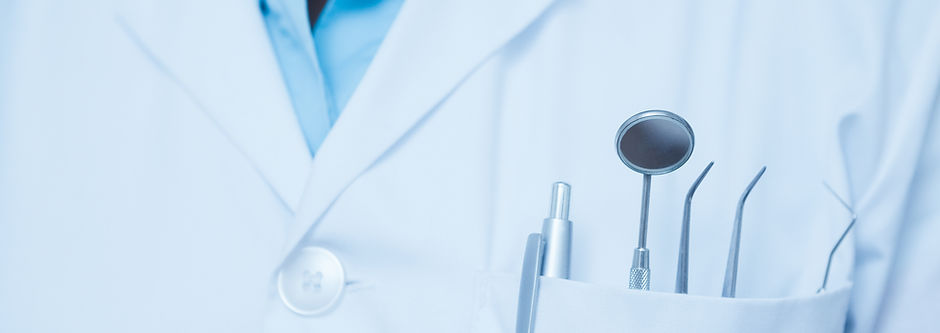How to Care for Your Dental Retainer?
- dentalclinicdubai7
- Mar 28
- 3 min read
Proper care for your dental retainer is essential to maintain its functionality and extend its lifespan. After investing time and money in orthodontic treatment, ensuring that your retainer is kept clean and in good condition will help preserve the results of your braces or aligners. This guide provides key tips on how to properly care for your Dental Retainers and keep your smile intact.
Cleaning Your Retainer: Daily Care Tips
Rinse Immediately After Use – Every time you remove your retainer, rinse it with lukewarm water to remove saliva and food particles. This helps prevent buildup and bacteria growth.
Brush Regularly – Gently brush your retainer with a soft-bristled toothbrush and mild soap. Avoid using toothpaste, as it can be abrasive and damage the surface of your retainer.
Use Specialized Retainer Cleaner – For deeper cleaning, you can use a retainer cleaning tablet or solution. These products are designed to remove stains, odors, and bacteria without damaging your retainer.
Avoid Hot Water – Never clean your retainer with hot water, as this can warp or distort plastic retainers, making them ineffective.
Storing Your Retainer Properly:
Use a Protective Case – Always store your retainer in a hard case when it’s not in use. This prevents accidental damage and keeps it safe from being lost or exposed to dirt.
Avoid Exposing to Heat – Do not leave your retainer in hot places, such as a car or near a heat source. High temperatures can distort plastic retainers or cause them to lose their shape.
Keep Away from Pets – Be cautious where you place your retainer. Pets, especially dogs, might chew on your retainer if they find it, potentially causing significant damage.
Preventing Damage to Your Retainer:
Take It Out When Eating – Always remove your retainer before eating to avoid food particles getting stuck in it. Additionally, hard or sticky foods can damage the retainer, causing it to crack or lose its shape.
Handle With Care – When removing or inserting your retainer, be gentle. Bending or twisting it can weaken the structure, leading to cracks or breakage.
Check for Wear and Tear – Periodically inspect your retainer for any signs of damage, such as cracks or warping. If you notice any issues, contact your orthodontist for adjustments or replacement.
Regular Maintenance and Cleaning Routine:
Daily Maintenance – Set aside a few minutes each day to clean your retainer. This will help prevent bacteria buildup and keep your retainer free from stains and odors.
Weekly Deep Clean – Once a week, use a specialized cleaner or soak your retainer in a cleaning solution to remove deeper stains and bacteria. You can also use denture cleaning tablets or a mild vinegar solution.
Avoid Harsh Chemicals – Do not use bleach or harsh cleaning products on your retainer, as these can damage the material or cause discoloration.
Wearing Your Retainer Consistently:
Follow Your Orthodontist's Instructions – Your orthodontist will advise you on how often to wear your Best Retainers, especially in the initial months after braces. It’s crucial to follow their guidance to maintain the alignment of your teeth.
Wear It as Directed – If instructed to wear your retainer full-time or only at night, be consistent with wear. Skipping wear can lead to your teeth shifting out of alignment, which may require additional orthodontic treatment.
Replace When Necessary – Over time, your retainer may wear out. If your retainer becomes cracked or doesn’t fit properly, it’s important to replace it to avoid dental problems.
What to Do If Your Retainer No Longer Fits?
Don’t Force It – If your retainer no longer fits comfortably, don’t try to force it into place. Forcing it can damage your retainer or harm your teeth.
Visit Your Orthodontist – If your retainer is uncomfortable or doesn’t fit, schedule an appointment with your orthodontist. They can adjust or replace your retainer to ensure it fits properly and continues to provide support.
Monitor for Shifting Teeth – If you notice any shifting or discomfort when wearing your retainer, consult your orthodontist immediately. They may recommend additional treatments to correct any alignment issues.
In conclusion, caring for your dental retainer is crucial for preserving your orthodontic results and ensuring long-term dental health. By following these simple steps for cleaning, storing, and maintaining your retainer, you can keep your smile straight and your retainer in good condition for years to come. Regular care and consistent wear will help protect the investment you've made in your braces or aligners, allowing you to enjoy the benefits of a beautiful, aligned smile.









Comments